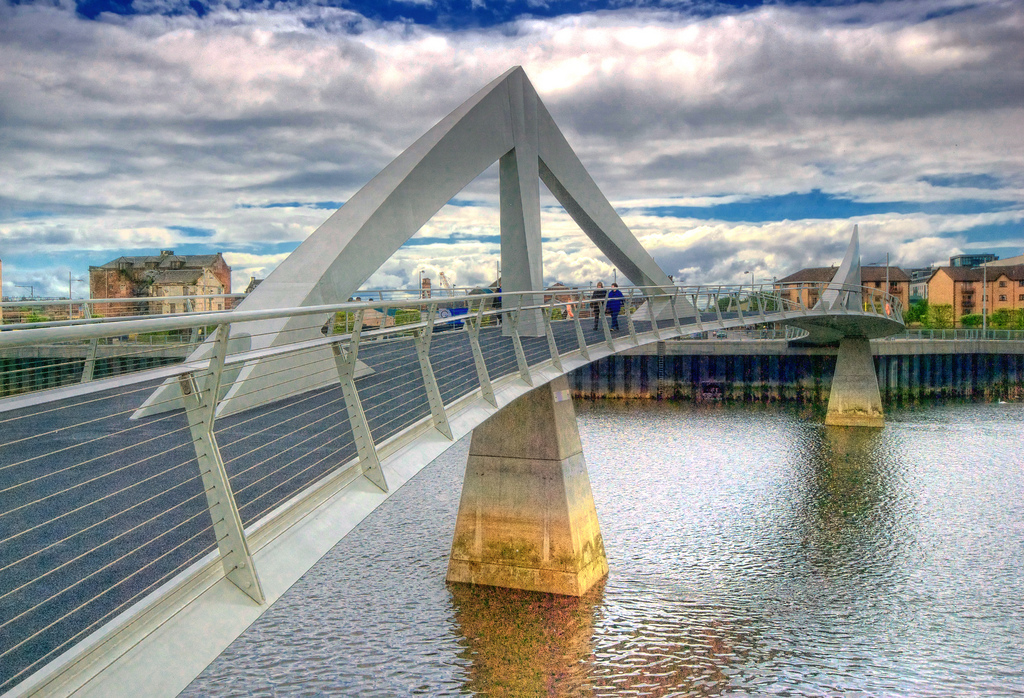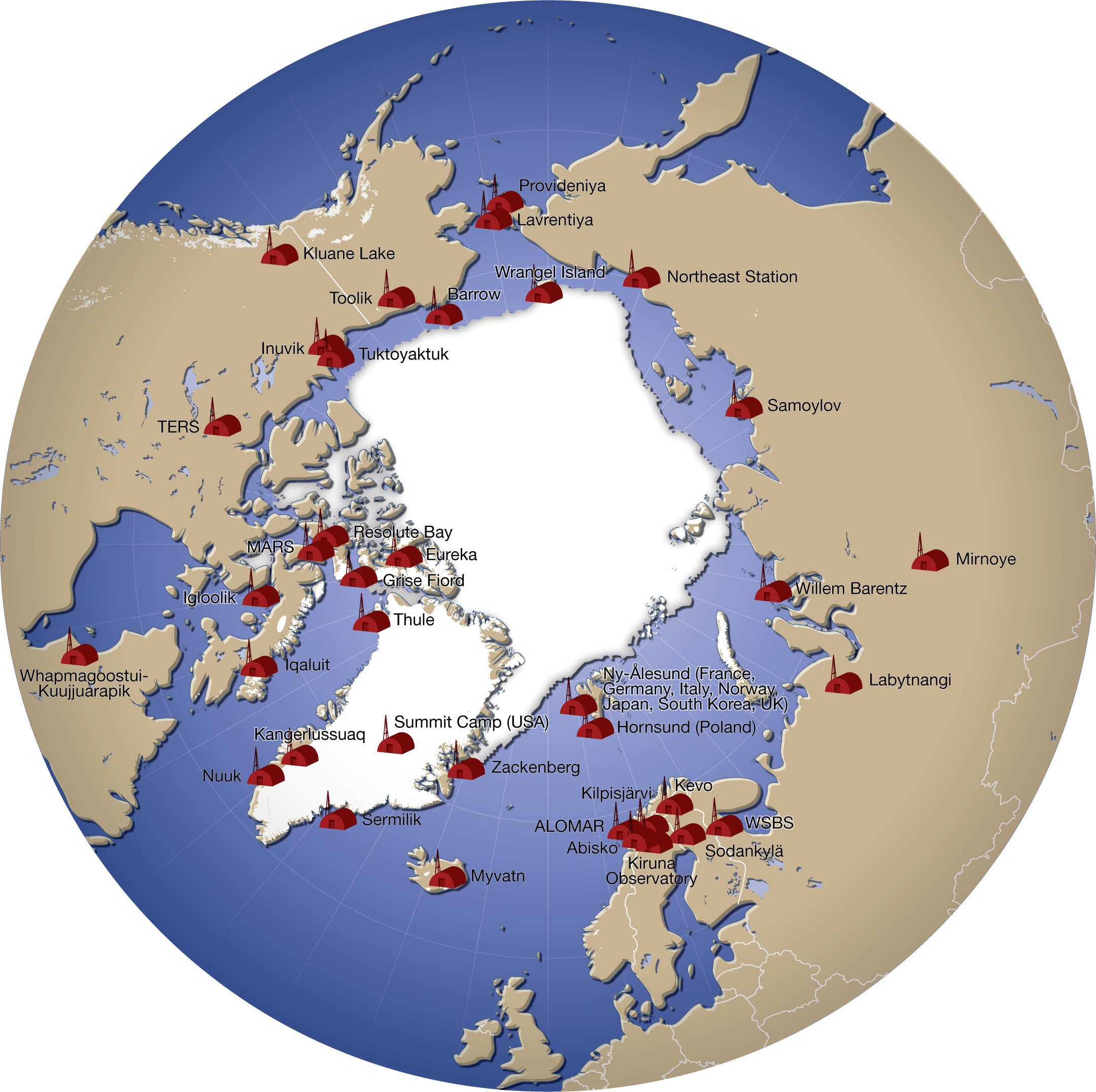|
University Of Copenhagen Arctic Station
University of Copenhagen Arctic Station is a year-round, environmental research facility in central West Greenland. Located about northeast of Qeqertarsuaq, it faces Disko Bay and the Davis Strait on the south coast of Disko Island with the Blæsedalen valley to the north. The main building and the laboratory are within a nature sanctuary. It was founded in 1906 by the botanist Morten Pedersen Porsild, and has since 1953 been owned by the University of Copenhagen Faculty of Science. The facility was renovated and expanded in the years 2019 - 2022 by Dissing+Weitling. The modernisation included new laboratories, storing facilities and extra sleeping accommodation for 39 people in total. See also *List of research stations in the Arctic A number of governments maintain permanent research stations in the Arctic. Also known as Arctic bases, polar stations or ice stations, these bases are widely distributed across the northern polar region of Earth. Historically few research s ... [...More Info...] [...Related Items...] OR: [Wikipedia] [Google] [Baidu] |
Qeqertarsuaq Arktisk Station
Qeqertarsuaq () is a port and town in Qeqertalik municipality, located on the south coast of Disko Island on the west coast of Greenland. Founded in 1773, the town is now home to a campus of the University of Copenhagen known as Arctic Station. ''Qeqertarsuaq'' is the Kalaallisut name for Disko Island and is also now used for several other islands on Greenland, including those formerly known as Upernavik and Herbert Island. Qeqertarsuaq means ‘the big island’ in Kalaallisut ( da, den store ø). In 2020, the town had 839 inhabitants. The remainder of the population of the island (less than 50 people) lives in the Kangerluk settlement, a few hours by boat to the northwest. Geography The total area of Disko Island and its satellite islands (mainly Qeqertarsuatsiaq Island northwest of the northern coast and Qeqertaq on the southwest coast at the mouth of Disko Fjord) is . Blæsedalen valley is to the north of the town. Kangerluk is the location where researchers found a ... [...More Info...] [...Related Items...] OR: [Wikipedia] [Google] [Baidu] |
West Greenland
Kitaa, originally Vestgrønland ("West Greenland"), is a former administrative division of Greenland. It was by far the most populated of the divisions, being home to almost 90% of the total population. The divisions were de facto replaced by statistical regions after Greenland received home rule in 1979. It is bordered in the west by the Baffin Bay, Davis Strait, Labrador Sea and the North Atlantic Ocean. To the east lies Tunu. All but three of the island territory's municipalities were located in West Greenland. These were (in geographical order, from south to north): * Nanortalik * Qaqortoq * Narsaq * Ivittuut * Paamiut * Nuuk * Maniitsoq * Sisimiut * Kangaatsiaq * Aasiaat * Qasigiannguit * Ilulissat * Qeqertarsuaq * Uummannaq * Upernavik See also * Subdivisions of ''Norden'' * Administrative divisions of Greenland Greenland is divided into five municipalities Avannaata, Kujalleq, Qeqertalik, Qeqqata, and SermersooqStatistics Greenland''Greenland in Figures, 2014''/ref ... [...More Info...] [...Related Items...] OR: [Wikipedia] [Google] [Baidu] |
Qeqertarsuaq
Qeqertarsuaq () is a port and town in Qeqertalik municipality, located on the south coast of Disko Island on the west coast of Greenland. Founded in 1773, the town is now home to a campus of the University of Copenhagen known as Arctic Station. ''Qeqertarsuaq'' is the Kalaallisut name for Disko Island and is also now used for several other islands on Greenland, including those formerly known as Upernavik and Herbert Island. Qeqertarsuaq means ‘the big island’ in Kalaallisut ( da, den store ø). In 2020, the town had 839 inhabitants. The remainder of the population of the island (less than 50 people) lives in the Kangerluk settlement, a few hours by boat to the northwest. Geography The total area of Disko Island and its satellite islands (mainly Qeqertarsuatsiaq Island northwest of the northern coast and Qeqertaq on the southwest coast at the mouth of Disko Fjord) is . Blæsedalen valley is to the north of the town. Kangerluk is the location where researchers found a 'ga ... [...More Info...] [...Related Items...] OR: [Wikipedia] [Google] [Baidu] |
Disko Bay
Disko Bay ( kl, Qeqertarsuup tunua; da, DiskobugtenChristensen, N.O. & al.Elections in Greenland. ''Arctic Circular'', Vol. 4 (1951), pp. 83–85. Op. cit. "Northern News". ''Arctic'', Vol. 5, No. 1 (Mar 1952), pp. 58–59.) is a large bay on the western coast of Greenland. The bay constitutes a wide southeastern inlet of Baffin Bay. Geography To the south the coastline is complicated with multiple waterways of skerries and small islands in the Aasiaat archipelago. Qasigiannguit and Ilimanaq are the main settlements in the southeastern inlet, just south of the outflow of Ilulissat Icefjord. From the north the bay is bounded by Qeqertarsuaq, the largest island on the western coast. North of Ilulissat and west of Alluttoq Island the bay transforms into Sullorsuaq Strait separating Qeqertarsuaq from Nuussuaq Peninsula.Nuussuaq, Saga Map, Tage Schjøtt, 1992 It is the largest open bay in western Greenland, measuring 150 km north to south and 100 km east t ... [...More Info...] [...Related Items...] OR: [Wikipedia] [Google] [Baidu] |
Davis Strait
Davis Strait is a northern arm of the Atlantic Ocean that lies north of the Labrador Sea. It lies between mid-western Greenland and Baffin Island in Nunavut, Canada. To the north is Baffin Bay. The strait was named for the English explorer John Davis (1550–1605), who explored the area while seeking a Northwest Passage. By the 1650s it was used for whale hunting. Extent The International Hydrographic Organization defines the limits of the Davis Strait as follows: ''On the North.'' The Southern limit of Baffin Bay 70° North between Greenland and Baffin Island">Baffin Land]. ''On the East.'' The Southwest coast of Greenland. ''On the South.'' The parallel of 60th parallel north, 60° North between Greenland and Labrador. ''On the West.'' The Eastern limit of the Northwestern Passages South of 70° North he East coast of Baffin Island to East Bluff, its Southeastern extremityand of Hudson Strait line from East Bluff, the Southeast extreme of Baffin Island (), to Point ... [...More Info...] [...Related Items...] OR: [Wikipedia] [Google] [Baidu] |
Disko Island
Disko Island ( kl, Qeqertarsuaq, da, Diskoøen) is a large island in Baffin Bay, off the west coast of Greenland. It has an area of ,Norwegian University of Science and Technology making it the second largest of Greenland after the main island and one of the 100 largest islands in the world. Etymology The name means ''The Large Island'' (from = island).Geography  The island has a length of about , ri ...
The island has a length of about , ri ...
[...More Info...] [...Related Items...] OR: [Wikipedia] [Google] [Baidu] |
Morten Pedersen Porsild
Morten Pedersen Porsild (1 September 1872, Glibstrup near Store Andst – 30 April 1956, Copenhagen) was a Danish botanist who lived and worked most of his adult life in Greenland. He participated in expeditions to Greenland in 1898 and 1902, together with the physiologist August Krogh. In 1906, he founded the Arctic Station in Qeqertarsuaq, West Greenland, since 1956 part of the University of Copenhagen. He got support from famous polar researchers like Knud Rasmussen, Mylius-Erichsen and Fridtjof Nansen. A private person donated the building and running cost were put directly on the Danish state budget. Morten Porsild managed the station for forty years. In 1946, he returned to Copenhagen, and was succeeded as station head by Paul Gelting. He was the father of Alf Erling Porsild, Robert Thorbjørn Porsild, Asta Irmelin "Tulle" Egede and Ove Sten Porsild. Apart from botany, Porsild contributed to zoology and ethnography. He also entered Greenland politics. Selected works ... [...More Info...] [...Related Items...] OR: [Wikipedia] [Google] [Baidu] |
University Of Copenhagen Faculty Of Science
The Faculty of Science ( da, Det Natur- og Biovidenskabelige Fakultet) at the University of Copenhagen houses 12 departments, including the Natural History Museum of Denmark. The faculty also encompasses several national and international research centres, and has a number of field stations in Denmark and Greenland, among them the university's University of Copenhagen Arctic Station, Arctic Station in central West Greenland. The faculty's administration is housed at the university's Frederiksberg Campus (University of Copenhagen), Frederiksberg Campus. The faculty offers three-year Bachelor's degree, Bachelor of Science (BS), two-year Master's degree, Master of Science (MS) and a three-year Doctor of Philosophy, Ph.D. degree programmes. There are two main areas of study programmes. One is the mathematical-physical-chemical subject group, which includes mathematics, computer science, actuarial science, Economics, mathematical economy, statistics, physics, astronomy, geophysics, mete ... [...More Info...] [...Related Items...] OR: [Wikipedia] [Google] [Baidu] |
Dissing+Weitling
Dissing may refer to: *Diss (music), song primarily intended to disrespect people *Dissing+Weitling, architecture and design practice in Copenhagen, Denmark *Heino Dissing (1912–1990), Danish cyclist *Henry Dissing Henry Dissing (1931 – 10 December 2009) was a Danish mycologist and specialist in cup fungi. He was a professor at the University of Copenhagen. Selected scientific works *Dissing, Henry & Morten Lange (1962) Gasteromycetes of Congo. Bulleti ... (1931–2009), Danish mycologist * Povl Dissing (born 1938), Danish singer {{Disambiguation ... [...More Info...] [...Related Items...] OR: [Wikipedia] [Google] [Baidu] |
List Of Research Stations In The Arctic
A number of governments maintain permanent research stations in the Arctic. Also known as Arctic bases, polar stations or ice stations, these bases are widely distributed across the northern polar region of Earth. Historically few research stations have been permanent. Most of them were temporary, being abandoned after the completion of the project or owing to lack of funding to continue the research. Some of these were military or intelligence stations (listening posts) created as a result of the proximity of the U.S. and Soviet Union to each other's landmass across the polar region. Ice stations are constructed on land or on ice that rests on land, while others are drifting ice stations built on the sea ice of the high latitudes of the Arctic Ocean. Research stations Drifting ice stations *Fletcher's Ice Island, US (1952 - 1978) In fiction *Ice Station Zebra (novel), by Alistair MacLean **Ice Station Zebra (1968 film) **Ice Station Zebra a song by Jack White on Boar ... [...More Info...] [...Related Items...] OR: [Wikipedia] [Google] [Baidu] |
University Of Copenhagen
The University of Copenhagen ( da, Københavns Universitet, KU) is a prestigious public university, public research university in Copenhagen, Copenhagen, Denmark. Founded in 1479, the University of Copenhagen is the second-oldest university in Scandinavia after Uppsala University, and ranks as one of the top universities in the Nordic countries, Europe and the world. Its establishment sanctioned by Pope Sixtus IV, the University of Copenhagen was founded by Christian I of Denmark as a Catholic teaching institution with a predominantly Theology, theological focus. In 1537, it was re-established by King Christian III as part of the Lutheran Reformation. Up until the 18th century, the university was primarily concerned with educating clergymen. Through various reforms in the 18th and 19th century, the University of Copenhagen was transformed into a modern, Secularism, secular university, with science and the humanities replacing theology as the main subjects studied and taught. Th ... [...More Info...] [...Related Items...] OR: [Wikipedia] [Google] [Baidu] |






